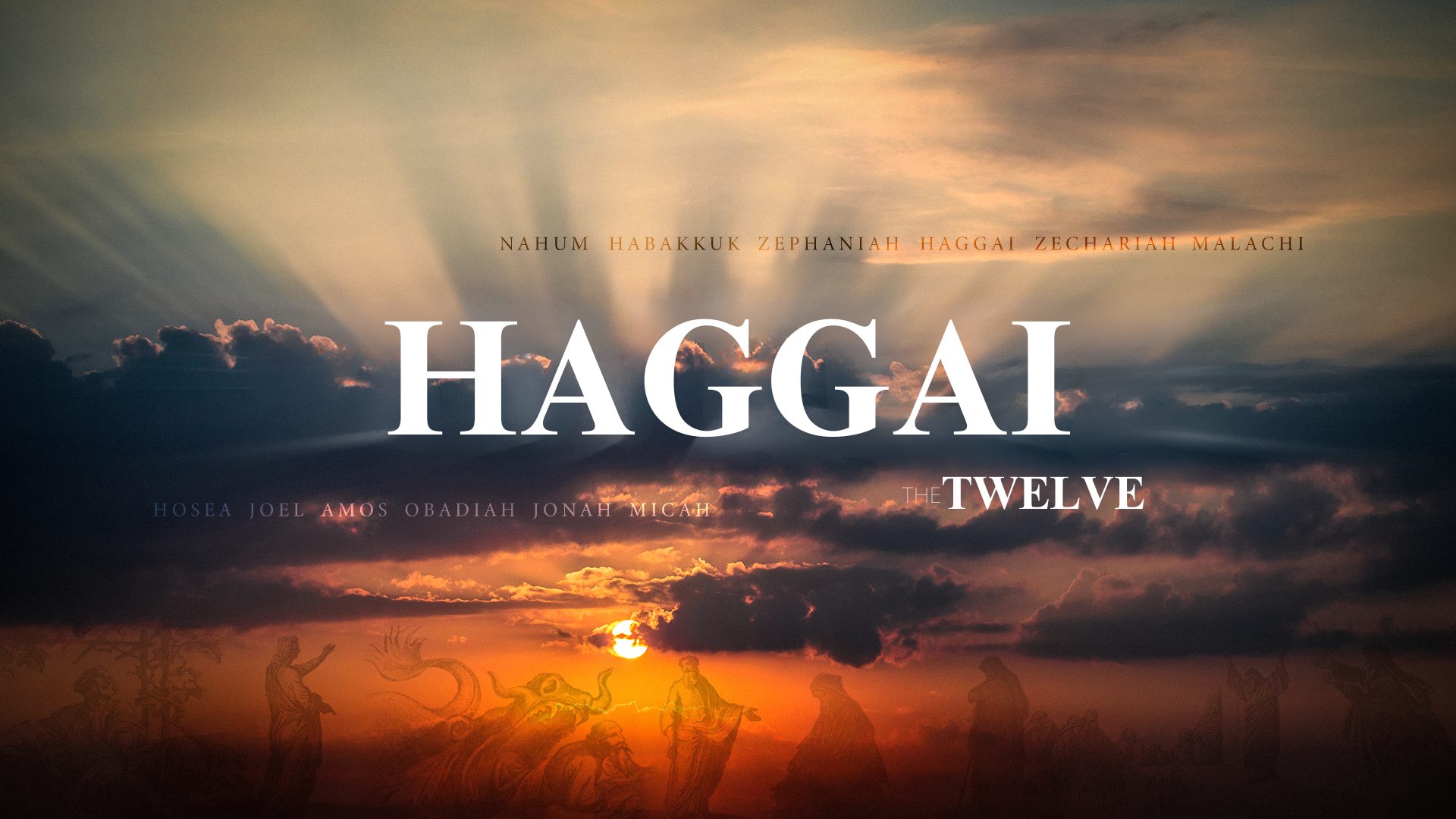Haggai | The rebuilding of the temple in Jerusalem
Haggai Overview
The Book of Haggai is a short but impactful prophetic book in the Old Testament, consisting of only two chapters. It captures a critical moment in Israel’s post-exilic history and delivers a direct, urgent message from God through the prophet Haggai. The central focus of the book is the rebuilding of the temple in Jerusalem, a task that had been delayed due to discouragement, opposition, and misaligned priorities.
Haggai’s prophecy is both a challenge and a promise: he calls the people to stop neglecting God’s house and reminds them that God’s presence, blessing, and glory are tied to faithful obedience.
Historical Context
The events of Haggai take place in 520 B.C., during the reign of Darius I of Persia. About 18 years earlier, in 538 B.C., the Persian king Cyrus had allowed the Jews to return from Babylonian exile to their homeland. Under the leadership of Zerubbabel (governor) and Joshua (high priest), the people began to rebuild the temple, which had been destroyed by the Babylonians in 586 B.C.
However, after laying the foundation, the work stalled due to opposition from surrounding nations and internal discouragement. Instead of finishing the temple, the people turned their attention to rebuilding their own homes and establishing their personal lives. By the time Haggai began to prophesy, the temple remained unfinished, and the spiritual zeal of the returned exiles had cooled.
Structure and Summary
The Book of Haggai consists of four messages from God delivered between August and December of 520 B.C. Each message is dated and directed toward the leaders and people of Judah.
1. A Call to Rebuild the Temple (Haggai 1:1–15)
Haggai begins by confronting the people’s excuses: “The time has not yet come to rebuild the house of the Lord” (1:2). Meanwhile, they were living in “paneled houses,” while God's house lay in ruins. Haggai challenges them to “consider your ways,” pointing out that their efforts to prosper had failed—harvests were weak, income was disappearing, and satisfaction was elusive.
God explains that He withheld blessing because His house was neglected. Haggai urges the people to resume building the temple, promising that God would be with them.
This message is successful—Zerubbabel, Joshua, and the people respond with reverence and obedience. Within 23 days, the construction work is restarted.
2. Encouragement in the Midst of Discouragement (Haggai 2:1–9)
The second message comes about a month later. Some of the older people remembered the glory of Solomon’s original temple and were discouraged by the smaller, less impressive structure now being built. Haggai acknowledges their discouragement but calls them to take heart.
God promises that His Spirit remains with them, just as He covenanted at the time of the Exodus. He foretells a future shaking of the heavens and the nations, and declares that “the glory of this present house will be greater than the glory of the former house” (2:9). This is understood as a prophetic glimpse of the coming Messiah and the ultimate presence of God among His people.
3. A Lesson on Purity and Blessing (Haggai 2:10–19)
In the third message, delivered two months later, Haggai addresses the spiritual condition of the people. He uses a lesson from the law to explain that holiness cannot be transferred by proximity, but impurity can. The people’s neglect of the temple had rendered their offerings and work impure.
But now that they had returned to obedience and resumed building, God promised to bless them. From that day forward, He would provide abundance—seed would grow, the fields would yield, and God’s favor would return.
4. A Messianic Promise to Zerubbabel (Haggai 2:20–23)
The final message is a personal word to Zerubbabel, the governor of Judah and a descendant of King David. God speaks of a future upheaval where kingdoms will fall, but Zerubbabel will be like God’s “signet ring,” a symbol of divine authority and favor.
Though Zerubbabel did not become king, this message points ahead to the coming of the Messiah—Jesus—who would come from Zerubbabel’s line and establish God's eternal kingdom.
Key Themes
- God’s Presence and Priorities – The people are called to put God first by rebuilding the temple, symbolizing His rightful place in their lives.
- Obedience Leads to Blessing – When the people respond in faith, God promises renewed provision and favor.
- Courage in the Face of Discouragement – Even small beginnings matter to God. He encourages faithfulness and perseverance.
- Future Glory – Haggai points to a greater future when God will fill His house with glory and bring peace through the Messiah.
- Divine Sovereignty – God controls the shaking of nations and raises leaders according to His purpose.
Conclusion
The Book of Haggai is a timely call to action, reminding God’s people that spiritual renewal often begins with renewed priorities. Though small in size, the book delivers a profound message: when God’s people put Him first and respond with obedient faith, He responds with presence, peace, and promise. Haggai challenges us today to consider our own priorities and to trust that God’s work—no matter how humble—will lead to greater glory in His perfect plan.


